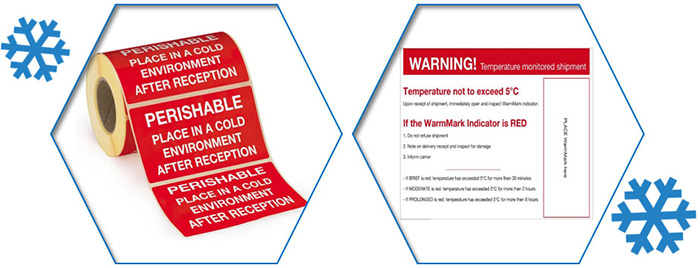Do you sell temperature-sensitive products such as foodstuffs or medicines? On those hot days, even the slightest change in temperature can render your products unusable. Fortunately, insulated packaging can help you get through the summer safely. Follow these three steps and prepare your temperature-sensitive products for safe and (most importantly) cool shipping!
► Step 1: Choose the right isothermal packaging
Keepingyour temperature-sensitive products safe for transport starts with the choice of packaging: boxes, bags or bubble wrap? Their polystyrene or polyethylene padding reflects the cold back into the package and therefore keeps the inside of the package cool. A constant temperature can easily be guaranteed for 48 hours.
1. Isothermal boxes
Pack your temperature-sensitive products in an insulated box and protect them against temperature fluctuations. At RAJA, 3 models are available to offer you optimal protection for each product.
Isopro®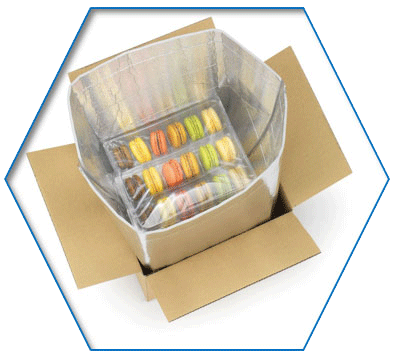 |
Isostar®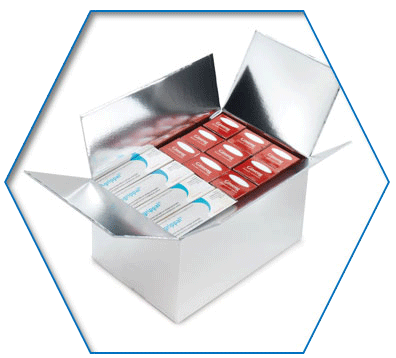 |
Cool |
|
| Temperature between 24 and 48 hours | 0 to +4 °C | +5 to +15 °C | -20 to -7 °C |
| Useful volume | 6 to 28 litres | 5 to 27 litres | 5 to 20 litres |
| Outer material | Brown cardboard | Metallized PE sheets | White cardboard |
| Inner material | Extruded foam | Extruded polystyrene | Extruded polystyrene |
| More safety | Protects against shocks and vibrations. | Reinforced insulation: small and large flaps joined at the top and bottom. | The padding prevents direct contact of the product with the cold source. |
2. Isothermal bags
These bags and pouches have a strong insulating film on the inside and outside. You can choose between bags with an adhesive closure or a reinforced zip closure with spikes. This allows you to simply reuse this packaging and you are assured of absolute impenetrability, with no loss of temperature
. su_spacer]
3. Isothermal bubble wrap
Insulated bubble wrap is a versatile product: on the one hand, it can be used to line the inside of a crate. On the other hand, it can be used to wrap an entire product. This air cushioning insulation film is made up of 3 layers. This way, you can be sure that your goods will arrive at their destination in good condition. Certainly recommended for export!
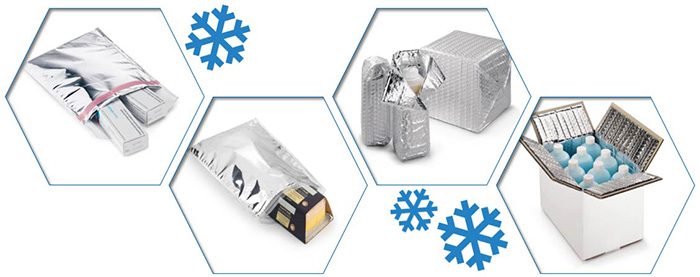
► Step 2: Protect your shipments
1. Cold accumulators
To keep your parcels cool during transport, it is best to add cold accumulators
to the
box. The number of these required depends on the distance and therefore also on how long your products will be stored.
For Isopro® and Isostar® isothermal boxes, we recommend inserting a sheet of cardboard or a sheet of bubble wrap between your products and your cold accumulators for safety reasons. In this way, you prevent your products from freezing.
2. Temperature indicators
Temperature indicators are another handy accessory. They immediately indicate whether or not the safe temperature inside the crate has been met during transport. Simply stick such an indicator on the outside of your product or inside your crate. If it is too hot, the indicator will turn red.
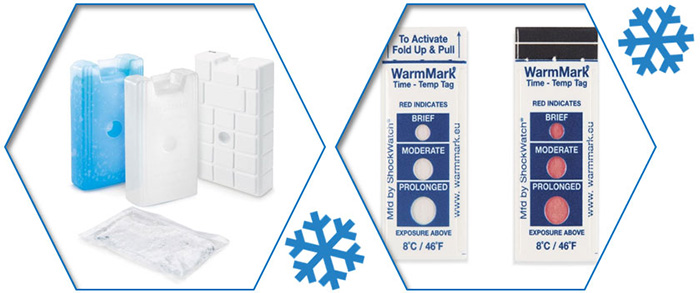
► Step 3: Communicate clearly with your customers
Before you send your packages back, it’s best to stick the necessary warning labels your checkout with. This makes it much easier for the customer to know what instructions they need to follow to store or handle your products correctly.
1. Perishable shipping labels
You probably already know the labels with the message “perishable”? As soon as the customer sees this red label, he knows that his delivery will have to be stored fresh as soon as possible. The permanent adhesive layer of this label sticks perfectly to every package.
2. Positioning labels
Il est préférable de combiner un indicateur de température (voir étape 2) avec une étiquette d’avertissement. Si vos produits ont dépassés un certain niveau de température, l’étiquette contiendra des informations utiles et des instructions sur la manipulation ultérieure des produits.
